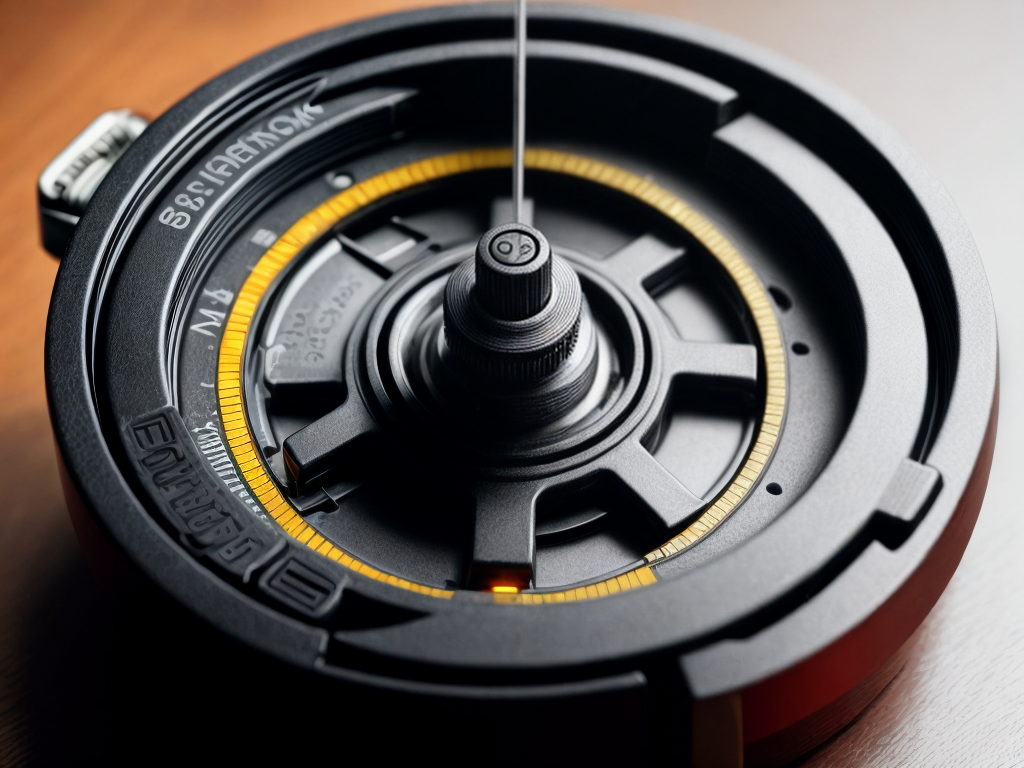
As a valve enthusiast, I must admit that choosing the right valve for the first time can feel like navigating through a labyrinth of options. Fear not, for I am here to guide you through this perplexing journey with a resourceful arsenal of tips and tricks. Whether you’re a seasoned engineer or just beginning to dip your toes into the world of valves, this comprehensive guide will equip you with the knowledge you need to make an informed decision. From understanding different valve types to selecting the appropriate size and material, we will delve into all the crucial aspects you need to consider. So, buckle up and get ready to unlock the secrets of valve buying expertise.
Understanding Valve Types
When it comes to understanding valve types, it is essential to grasp the various categories and their distinct functionalities. Valves are an integral part of any system that involves the control and regulation of fluid flow. They come in different types, each designed to meet specific valve specifications and valve applications.
One common type is the gate valve. This valve features a gate that slides up and down to control the flow of fluids. It is commonly used in applications where a full flow or no flow is required, such as in water treatment plants or sewage systems.
Another type is the ball valve, which uses a rotating ball with a hole in it to regulate the flow. It offers excellent shut-off capabilities and is commonly used in applications that require precise control, such as in the oil and gas industry.
The butterfly valve is another popular type that uses a disc to control the flow. It is lightweight and offers quick operation, making it suitable for applications that require frequent opening and closing, such as in HVAC systems.
Finally, the globe valve is a versatile type that uses a disc and a seat to regulate the flow. It offers precise control and is commonly used in applications that require throttling, such as in power plants or chemical processing.
Understanding the different valve types and their functionalities is crucial for selecting the right valve for your specific needs. By considering the valve specifications and valve applications, you can ensure that you choose a valve that will effectively and efficiently meet your requirements.
Selecting the Right Size
To select the right size valve, it is important to consider the specific flow requirements and system parameters. Here are three key factors to keep in mind when determining the appropriate size for your valve:
-
Flow rate: The flow rate refers to the volume of fluid that needs to pass through the valve per unit of time. It is crucial to accurately calculate the flow rate to ensure that the valve can handle the required amount of fluid. Factors such as pipe diameter, pressure, and viscosity should be considered when determining the flow rate.
-
Pressure drop: Pressure drop is the decrease in pressure across the valve as the fluid passes through it. It is essential to select a valve size that minimizes pressure drop to avoid compromising the efficiency and performance of the system. Properly sizing the valve can help maintain the desired pressure levels and prevent any potential issues.
-
Sizing options: Valves come in various sizes to accommodate different flow rates and pressure requirements. It is crucial to choose a valve size that matches the specifications of your system. Consulting with a professional or using sizing charts provided by manufacturers can help determine the appropriate valve size for your specific needs.
Proper installation is also vital when it comes to selecting the right size valve. A valve that is not installed correctly can lead to leakage, decreased performance, or even system failure. Ensure that the valve is installed according to the manufacturer’s guidelines and recommendations to maximize its efficiency and longevity.
Choosing the Appropriate Material
Now that we have considered the factors for selecting the right size valve, let’s move on to discussing the important aspect of choosing the appropriate material. When it comes to valves, material compatibility is crucial for ensuring optimal performance and longevity. The material of the valve must be able to withstand the conditions it will be exposed to, such as temperature, pressure, and the type of fluid or gas it will be handling.
One key consideration is corrosion resistance. Different materials have varying levels of resistance to corrosion, and it is essential to choose a material that can withstand the corrosive properties of the fluid or gas being transported. For example, stainless steel is highly resistant to corrosion and is often used in industries where aggressive chemicals are present.
Another factor to consider is the long term durability of the valve material. Valves are subjected to constant wear and tear, so it is important to select a material that can withstand the demands of the application. Materials like brass and bronze are commonly used for their durability and resistance to erosion.
Additionally, the material should also be compatible with other components in the system to ensure proper functioning. It is important to consider factors such as thermal expansion coefficients and gasket compatibility to avoid any potential leaks or failures.
Considerations for Valve Functionality
To ensure proper operation and efficiency, several important considerations must be taken into account when evaluating the functionality of a valve. Here are three key factors to consider:
-
Valve Features: When selecting a valve, it is crucial to consider the specific features that are required for your application. Different valves offer a range of functionalities, such as pressure regulation, flow control, or on/off operations. Understanding the specific requirements of your system will help you choose the right valve with the necessary features to meet your needs.
-
Importance of Proper Installation: Proper installation is essential for the optimal functionality of a valve. Improper installation can result in leaks, reduced efficiency, and even valve failure. It is crucial to follow the manufacturer’s guidelines and recommendations for installation, including using the correct tools, ensuring proper alignment, and tightening all connections securely. Additionally, regular maintenance and inspections are necessary to identify and address any potential issues before they escalate.
-
Compatibility with Existing System: When evaluating valve functionality, it is important to consider the compatibility of the valve with your existing system. This includes factors such as the size, pressure rating, and material compatibility. Choosing a valve that is compatible with your system will ensure smooth integration and optimal performance.
Tips for Valve Maintenance and Longevity
Regular maintenance and proper care are crucial for ensuring the longevity and optimal performance of valves. To help you maintain your valves effectively, I have compiled a list of valve troubleshooting and cleaning techniques. By following these tips, you can prevent potential issues and extend the lifespan of your valves.
| Valve Troubleshooting | Valve Cleaning Techniques |
|---|---|
| Leaking valves can be caused by worn-out seals or loose connections. Check the seals and tighten any loose connections to fix the issue. | Regularly clean the valves using a soft cloth or brush to remove any dirt or debris that may accumulate on the surface. |
| If your valve is not operating smoothly or gets stuck, it may be due to inadequate lubrication. Apply a suitable lubricant to ensure smooth operation. | For stubborn dirt or residue, use a mild detergent mixed with water to clean the valve. Avoid using harsh chemicals as they may damage the valve. |
| Valves can sometimes experience corrosion, especially if they are exposed to harsh environments. Inspect the valves regularly and address any signs of corrosion promptly. | After cleaning, rinse the valve thoroughly with clean water to remove any residue from the detergent. Dry the valve completely before reassembling it. |


